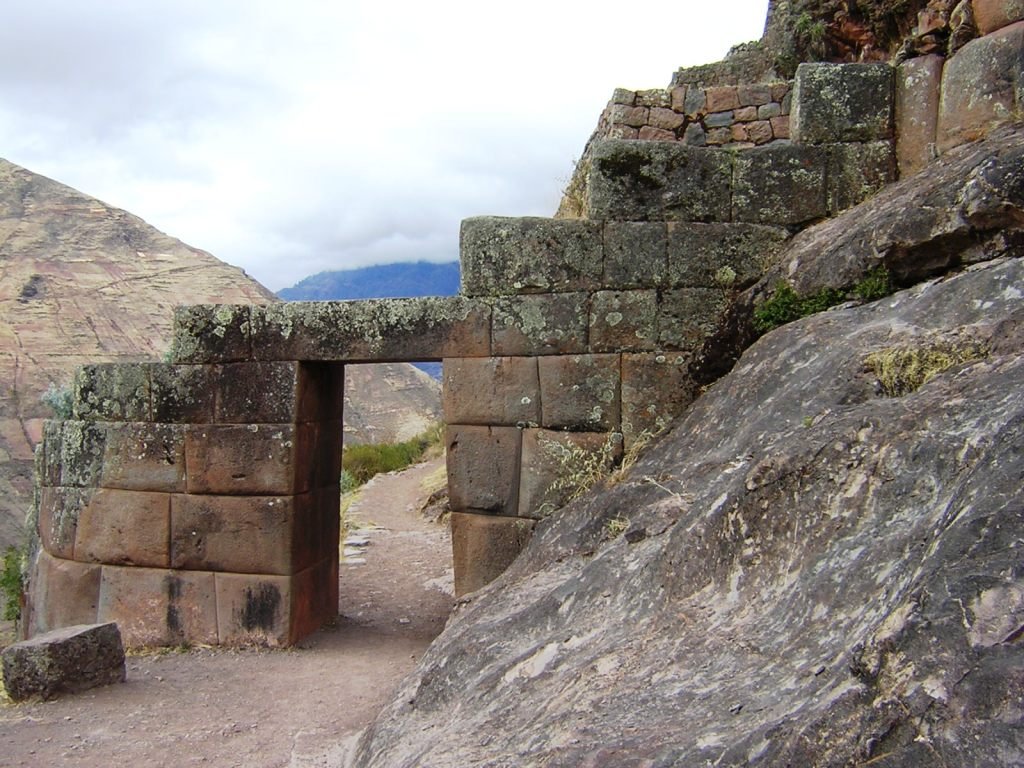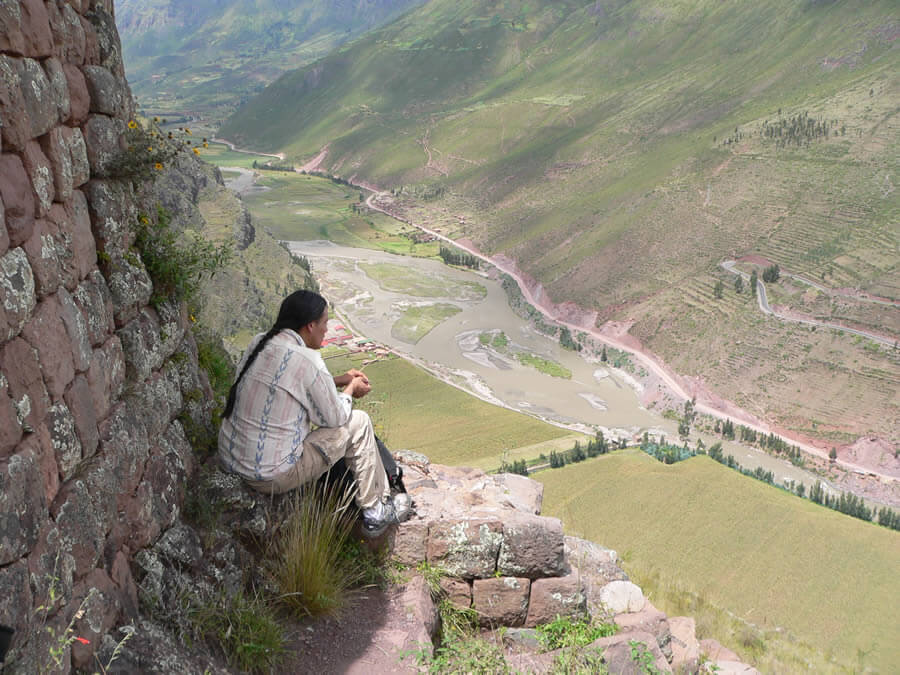Anthropology
Related: About this forumPeruvian archeologists discover pre-Columbian statues
23 OCT 2018

Archeologists in Peru have found 20 800-year-old wooden statues in the largest pre-Columbian site in the Americas, Culture Minister, Patricia Balbuena and researchers revealed on Monday.
The statues, all but one of which were in a good condition, were found in the Chan Chan archeological site: a city that was once the capital of the Chimu Kingdom and pre-dated the Inca Empire.
Located close to the north Peruvian modern city of Trujillo, Can Chan was comprised of 10 citadels, or walled palaces, in its six kilometer squared (2.3 square miles) center of a wider city that measured 20 square kilometers.
Each statue measures 70-centimeters (27.5 inches) in height and they were aligned in niches in the wall of a ceremonial corridor decorated with high mud reliefs in a thousand-year-old building.
More:
https://www.afp.com/en/news/3954/peruvian-archeologists-discover-pre-columbian-statues-doc-1a816o2
Would you like to see the Chan Chan archeological site in Peru? You need to see many images. Just one couldn't do justice:
https://tinyurl.com/ydgqudoy
OMG.

Judi Lynn
(160,515 posts)







So easy to see the difference in the construction by the early builders, as they clearly had knowledge which had disappeared by the time late arrivals attempted to build their own structures in the same place, or to duplicate existing buildings. No comparison what so ever. The earlier ones were absolutely built to last!
~ ~ ~
Wikipedia:
Písac
Písac or Pisac (possibly from Quechua for Nothoprocta, also spelled p'isaqa)[1] is a Peruvian village in the Sacred Valley of the Incas. It is situated on the Vilcanota River. Pisac is most known for its Incan ruins and large market every Sunday, Tuesday, and Thursday, an event which attracts heavy tourist traffic from nearby Cusco.
Notable Features
Pisac is perhaps best known for its Incan ruins, known as Inca Písac, which lie atop a hill at the entrance to the valley. The ruins are separated along the ridge into four groups: P'isaqa, Inti Watana, Qalla Q'asa, and Kinchiraqay.[3] Inti Watana group includes the Temple of the Sun, baths, altars, water fountains, a ceremonial platform, and an inti watana, a volcanic outcrop carved into a "hitching post for the Sun" (or Inti). The angles of its base suggest that it served to define the changes of the seasons.[4] Qalla Q'asa, which is built onto a natural spur and overlooks the valley, is known as the citadel.[5]
The Inca constructed agricultural terraces on the steep hillside, which are still in use today. They created the terraces by hauling richer topsoil by hand from the lower lands. The terraces enabled the production of surplus food, more than would normally be possible at altitudes as high as 11,000 feet.[6]
With military, religious, and agricultural structures, the site served at least a triple purpose. Researchers believe that Písac defended the southern entrance to the Sacred Valley, while Choquequirao defended the western entrance, and the fortress at Ollantaytambo the northern. Inca Pisac controlled a route which connected the Inca Empire with the border of the rain forest.
The sanctuary of Huanca, site of a sacred shrine, is also near the village. Pilgrims travel to the shrine every September.
One of its more notable features was a large pisonay tree, which dominated the central plaza (it was destroyed by a 2013 thunderstorm).[2]
More:
https://en.wikipedia.org/wiki/P%C3%ADsac
